Demystifying the Art of Assessment & Selection

Demystifying the Art of Assessment & Selection
By Maj. Gen. Patrick B. Roberson, Maj. Stuart Gallagher, and Maj. Kurtis Gruters, PhD
Introduction
You are alone in the back woods of North Carolina. It is ten o’clock at night, pitch black and cold as hell. The rain is coming down in sheets… sideways? Your legs are on fire from the seemingly endless number of physical events you have conducted since arriving at the course. Your back and shoulders are screaming at you from the eighty pounds of gear that you are carrying. To add insult to injury, the blister on your right foot just ripped open for the third time causing you to limp through the uneven and heavily forested terrain. As you look at your map yet again to regain your bearings, you ask the uncaring rocks and trees around you, “What in the hell am I doing?!” No response. They have no pity for you.
This is a typical day at Special Forces Assessment and Selection. For most civilians, this scenario may sound like a form of cruel and unusual punishment. At the United States Army John F. Kennedy Special Warfare Center and School (SWCS), it is a job interview. Eight times a year, soldiers travel to Fort Bragg from all over the world to attend Assessment and Selection (A&S) to see if they have what it takes to become a member of the elite Army Special Operations Forces (ARSOF).
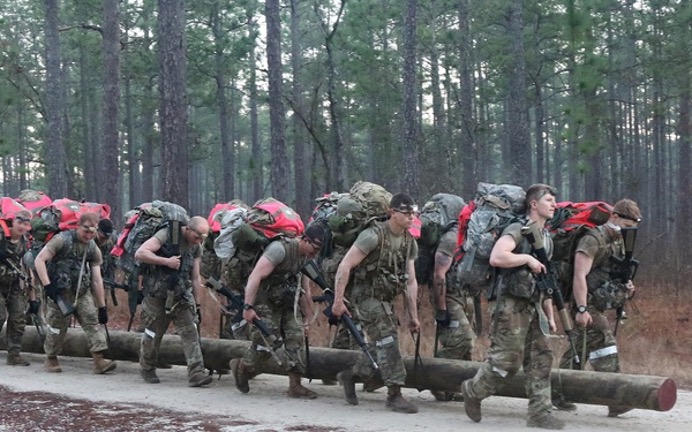
Whether it is a Fortune 500 company or an elite military unit, good or bad, every organization has some type of systemic process to recruit, assess, select, and train its personnel. Although these processes vary widely in their design and implementation, all organizations ultimately have the same goal: field the force with the right people and accomplish the organizational mission. During the summer of 2020, SWCS embarked on an ambitious initiative to holistically overhaul its training pipelines, paying particular attention to information management and the inclusion of data analytics in order to improve overall efficiency of assessing, selecting and training ARSOF. In the midst of this overhaul, a simple, yet highly relevant question was posited: “Why?” Why do we do it? What does Assessment and Selection accomplish that other job search methods cannot? The purpose of this article is to address this question, to reflect within the ARSOF community on why this process is so important, and to demystify a process that to others may seem like some sort of obscure ritual or rite of passage.
Army Special Operations – A Brief History
Modern day United States Special Operations Forces trace a lineage back to the nation’s birth. During the Revolutionary War, Francis Marion, aka the “Swamp Fox,” assembled a rag-tag group of American colonists skilled in guerilla tactics learned from Native American warriors of the day. These tactics were employed against the British forces to devastating effect. Fast forward to 1941 when the United States was drawn into World War II. The nation quickly realized the need for non-traditional military capabilities to support French and other allied resistance forces. The solution: the establishment of the Office of Strategic Services (OSS).
The OSS faced the daunting task of assessing, selecting, training, manning, and equipping a force of clandestine warriors capable of conducting covert missions in short order. These small teams would operate behind enemy lines with little information, limited support, and unclear objectives. In concert with and under the tutelage of the British Special Operations Executive (SOE), the OSS developed the United States’ first formal process to assess, select and train special operations personnel. They used a systematic approach that required candidates to demonstrate the fitness, cunning, and resilience that would be essential to their jobs. This approach was further formalized in 1948 with the publication of extensive testing and field notes in the document Assessment of Men: Selection of Personnel for the Office of Strategic Services. This book outlined the rigorous scientific process the OSS staff used to assess, select and train our nation’s clandestine warriors. Although SWCS would not be formally established as the training center for ARSOF until decades later, the legacy of the OSS and its approach to, and rationale for, assessment and selection continues today.
Modern Day Application
ARSOF prosecutes some of the country’s most complex and sensitive military missions with minimal support, under austere and physically demanding conditions, in highly ambiguous environments. This takes a certain caliber of person: someone who demonstrates high physical and technical acumen; someone who exhibits exceptional moral and ethical judgment with little oversight; and someone who believes success is possible and pursues it against all odds. While this could be the ideal profile for many occupations in the civilian world, it is absolutely critical for ARSOF. Anything less can result in significant loss of life, international turmoil, or in some cases both.
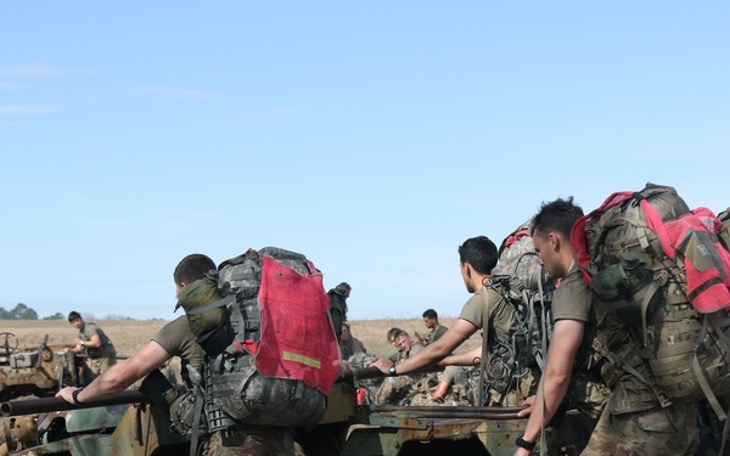
In modern military parlance, the term Assessment and Selection refers to any of the various programs used by the Special Operations Forces (SOF) community to determine who will be allowed into the community for further training as a SOF soldier. This includes the likes of Special Forces Assessment and Selection (SFAS), Basic Underwater Demolition/SEAL (BUDS), Marine Special Operations Command Assessment and Selection (MARSOC A&S) and Air Force Special Warfare Assessment & Selection (AF SWAS). Additionally, this applies also to paramilitary law enforcement organizations such as the Border Patrol’s BORTAC (Border Patrol Tactical Group), the Federal Bureau of Investigation’s HRT (Hostage Rescue Team) and police Special Weapons And Tactics (SWAT). To those aware of or associated with these programs, they convey a certain sense of awe and respect. To those who have completed one of them, the programs are considered an essential rite of passage to ensure quality and trust in the organization.
The Why
Whatever the deeper connotation, the pragmatic reality is that A&S is essentially a job interview, even if it happens to be a particularly uncomfortable one. Like any job interview, the core purpose is to determine whether a candidate is 1) A good fit for the organization (and vice versa); and 2) Whether they are sufficiently trainable for the work at hand. Critical to this function is defining “a good fit”, determining “sufficiently trainable”, and establishing the threshold for when to accept risk in selecting or not selecting a particular candidate.
ARSOF A&S courses at SWCS (namely, Special Forces, Psychological Operations and Civil Affairs) are specifically structured to assess candidates along eight core attributes: Integrity, Courage, Perseverance, Personal Responsibility, Professionalism, Adaptability, Team Player, and Capability. These attributes are defined and reinforced through routine and detailed analysis of the job requirements. Without these attributes, an individual cannot and will not succeed in ARSOF, and worse yet, may cause irreparable harm to national interests. By linking the job interview to the critical attributes required for the job, ARSOF maximizes the likelihood that it will hire the correct personnel for the job.
What makes the ARSOF A&S process particularly effective is the application of physical, mental, and emotional duress. A&S itself generally has three major components: 1) An assessment of the candidate’s individual capability at present; 2) An assessment of the candidate’s ability to learn and apply a new skill set; and 3) An assessment of the candidate’s ability to work as part of a team. These phases are all conducted under conditions of high physical and emotional stress. The added stress is in part to assess physical fitness and stress tolerance, but perhaps more importantly, it allows evaluators to assess performance in conditions that reflect the reality of the job. ARSOF soldiers are often in positions where the stress and fatigue of a mission takes up any cognitive reserves left to that individual, yet they still must perform. By physically and emotionally exhausting candidates, it is possible to see who they are at their very core – Put it another way, they are simply too tired to put up the social barriers one might normally use to hide characterological flaws or interpersonal weaknesses. It also demonstrates what sort of cognitive capability each candidate has “in reserve”; do they continue to demonstrate sound judgment and problem solving even when completely and thoroughly exhausted?
It is important to note that nothing about the A&S process is difficult just for the sake of being difficult. Everything about it is designed to assess the likelihood that a potential candidate will be capable of doing the job; nothing more, nothing less. Those that are selected are deemed to have a sufficiently low risk of failing the required standards. This individual risk must be balanced against risk at the organizational level – specifically, of not being able to maintain a force of sufficient strength to execute the unique ARSOF mission. However, that individual risk cannot be compromised due to the cost of getting it wrong. Under this constraint, balancing risk at the organizational level requires constant refinement at recruitment, A&S, and training rather than any compromise of individual standards.
As with many technical jobs, ARSOF soldiers have a skill set that is rarely found outside of the organization. Accordingly, candidates are not assessed under the assumption that they can do the job right away, but rather for their potential to do the job after training. ARSOF is both physically and mentally demanding, and the technical parts of the job are only more so under stress. Where a lapse in characterological fitness can result in critical harm to the nation, low physical or cognitive fitness can similarly result in mission failure. Special Operations candidates must demonstrate they are exceptional with respect to physical fitness and intelligence out of necessity of the job. The ARSOF job interview is designed to assess this. Moreover, A&S informs leadership with regard to whom they should invest. Only those who show that they can work and learn under extreme pressure and fatigue will be selected to enter the training pipeline.
The Art of Risk Management
Talent acquisition is a constant balance between the need to fill the force with exceptionally qualified individuals and the need to ensure the force is adequately manned to serve the nation. This sets up what appears to be a direct tradeoff between maintaining quality (or standards) versus achieving sufficient quantity. We cannot and do not accept this notion. As the Special Operations Forces (SOF) maxim states, SOF cannot be mass produced; each individual is hand-picked and carefully trained for their job. Further, Special Operations leadership cannot risk leaving the nation unable to respond with SOF capabilities. The stakes are simply too high to accept risk in sacrificing quality or quantity. The goal, then, is to cast as wide a net as possible in recruitment, then enabling the risk management process to unfold from there.

FIGURE 1
Figure 1 illustrates how to conceptualize the ARSOF talent acquisitions process. It includes four phases: Recruitment, Assessment, Training, and Operations. At recruitment, the talent population is random and at low probability of seeking and finding the right person for the job. As the process progresses, the population moves through a series of filters that serve as key decision points necking down the talent pool at each phase, increasing the probability of finding the right person for the job. The “input”, or recruitment, side (far left) includes a pool of potential recruits, some of whom are truly a good fit for ARSOF (denoted with green dots) while others are a poor fit (denoted with red dots). A “good fit” in this case means someone who will perform at or above the unchanging operational standards of exceptional ethical and moral judgement, and with high physical, psychological, and cognitive fitness throughout their career. By filter three, there is little to no possibility that the ARSOF talent acquisition process is vulnerable to random chance. Nearly every individual is a “good fit” for ARSOF.
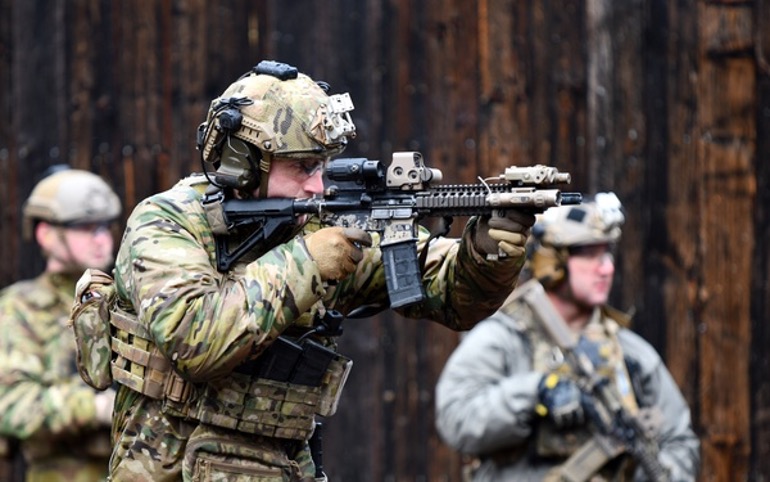
Importantly, we cannot actually know this truth about any individual in advance, we can only infer it through process. Although a soldier could look good on paper during recruitment, there is no way to inherently know from the outset (at recruitment) whether someone is a good or poor fit. This requires the organization to estimate “goodness of fit” based on collected evidence. Depending on the amount and type of evidence, a poor fit can look a lot like a good one, so the goal is to separate the two populations as much as possible. Each of the three major filters during talent acquisition is defined on the collection and processing of evidence, designed according to each phase to cut as many of the poor fit cases as possible while having minimal impact on the good fit population. In statistics, this is referred to as precision (in our case, rejecting only poor fit cases without impacting good fit cases) and recall (finding as many of those poor fit cases as possible). Ultimately, the details of the filter design — both with respect to evidence collected and analytics performed — reflect the artistry of risk management.
The process starts with recruitment, where the goal is to have a blunt filter to remove as many clearly poor fit cases as possible with effectively no impact on the pool of potential good fit candidates; that is, aim for high precision, but with an acceptable level of sub-optimal recall. This filter has to be balanced by reality: what is readily available in routine service records and what recruiters can realistically accomplish with their resources across an array of non-standardized recruitment locations around the globe. Most of this filter is practical in nature, identifying those potential recruits who are at least minimally physically fit, have promotion potential based on rank and time in grade, etc… The available evidence at this point is not particularly effective at sorting the two populations, but it does allow SWCS to rule out a lot of definite poor fit candidates.
At A&S, SWCS standardizes the assessment and conducts targeted examinations to focus on those qualities that do a great — though not perfect — job at distinguishing between a good and poor fit. Moreover, this can be done at relatively low cost in both time to the candidates and resources to the organization. Thus, A&S becomes the primary phase to sort good fit from poor fit after the more pragmatic filter of recruitment is applied. This much tighter filter at A&S results in a population that is generally of very good fit with only a few missed cases of poor fit making it through. Unfortunately, this comes at the cost of some good fit cases, though there is always a concerted effort made to limit the impact on this population. In the future, as data collection and analytics improve, SWCS will be able to better differentiate the poor fit from good fit cases, allowing better rejection of poor cases while impacting fewer of the good. The inset in Figure 1 illustrates how analytics can both lower the ceiling for poor cases and raise the floor for good cases. This results in better distinction between the two populations and a smaller homogenous region in the center.
When the soldiers get to training, most of the population will be a good fit, as A&S has filtered out the poor fit candidates. The filter points in this phase are usually relegated to significant and uncorrectable failures in academics, behavioral issues that were previously unobserved, or unforeseeable circumstances such as major injury. This phase helps remove the last few poor fit candidates that are still functionally differentiable from good fit candidates.
The last phase, operations, focuses on the operational force, where the goal is to assume minimal risk – more specifically, a soldier failing standards and/or harming the mission and/or nation. At this point, it is expected that ARSOF personnel have the necessary knowledge, skills, and attributes to perform their jobs and represent the enterprise. Unfortunately, no effort to predict long-term human behavior is perfect. Some poor fit candidates will make it through the entire process regardless of the A&S system used, translating to a certain level of risk assumed by the respective organization and its leadership. However, this level of risk is acceptable and unquestionably better than the alternative of not utilizing an A&S course at all.
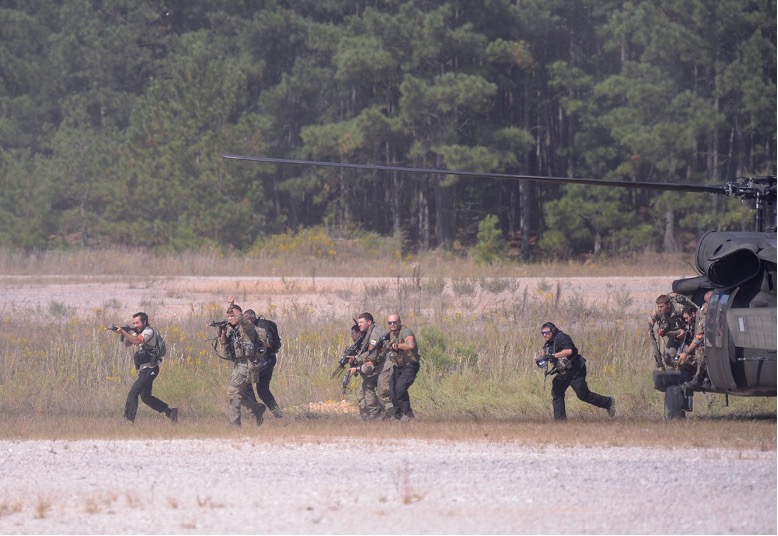
Assessment & Selection for an Ever Evolving Security Environment
Since the days of the OSS, the ARSOF A&S process has been designed and refined over time to assess an individual’s ability to succeed, with training, in the unique job of an ARSOF soldier. In this vein, SWCS’s recently established Plans and Analysis section has worked diligently to place data capture and analysis at the forefront of the ARSOF force production cycle employing a recently implemented online performance collection application, which is utilized for all ARSOF training pipelines. Using this data and cutting edge analytics, SWCS has begun to identify where the organization can optimize the entire system by: 1) Recruiting more effectively, 2) Refining the risk analysis at A&S, and 3) Personalizing the training that follows. While ARSOF A&S has always been a data-informed process since the days of the OSS, modern approaches to analytics have opened the door for maximizing the quality and quantity of ARSOF graduates while simultaneously minimizing the cost, thus promoting maximum efficiency. This is a significant shift in the cultural mindset to employ across the ARSOF enterprise as one must break down the barriers of past, while simultaneously ushering new systems and a new ways of thinking about data and its usage.
This new approach to data collection and consumption has inevitably placed new demands on the organization. However, as Great Power Competition (GPC) moves to the fore, the world becomes increasingly more complex and warfare more nuanced. As such, the demands placed upon ARSOF personnel also grow more challenging. And although ARSOF will continue to do what they have always done when they answered the call, the nation’s leaders will undoubtedly require more of its ARSOF soldiers. Hence, moving forward it will be more important than ever for ARSOF leadership to be creative and push the limits of the force while maintaining high standards and balancing risk with respect to force requirements and mission accomplishment.
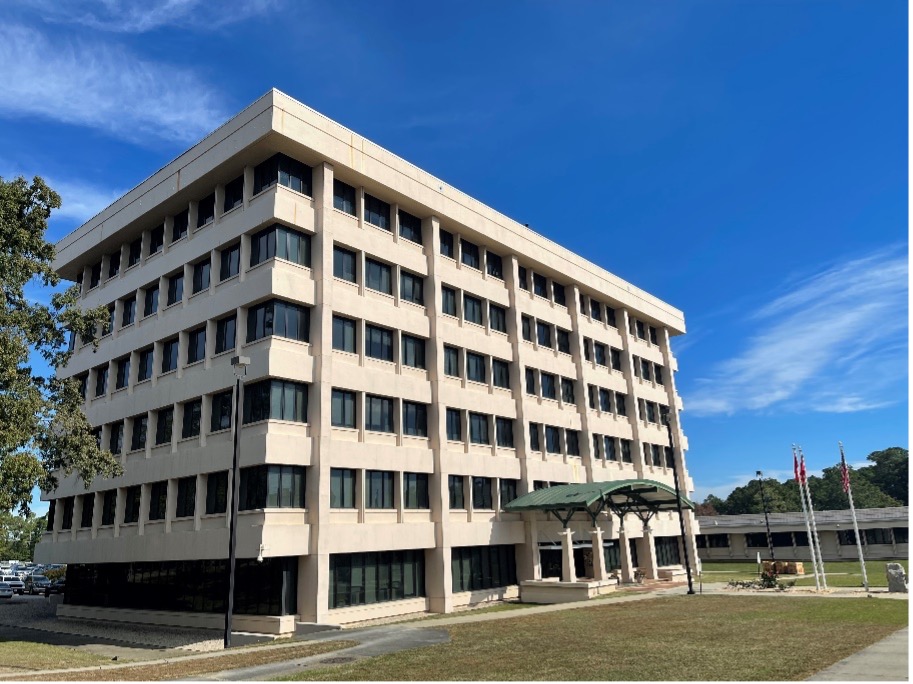
Conclusion
As the contemporary security environment continues to change and world’s technological landscape flatten, we are reminded that the capable human is still our nation’s greatest and most reliable investment. We look to history, our fellow services and in some cases industry to share lessons learned on the best way to assess, select, and train the right people in the right way to accomplish the most challenging of missions. Coming full circle, we return to the question that was initially posed, “Why do we conduct A&S?” Despite the litany of in-depth discussions that were had about the science, operations and organizational aspects associated with Assessment and Selection, in the end, the answer was simple: Good people. It is good people that are the key to developing and maintaining high performing teams and organizations. It is good people that will ensure ARSOF is postured and ready to compete, deter, and win against adversaries, anywhere and at any time. And it is good people that the SWCS Assessment and Selection programs that will continue to find every day to fill its precious ranks.
Veritas Et Libertas!






